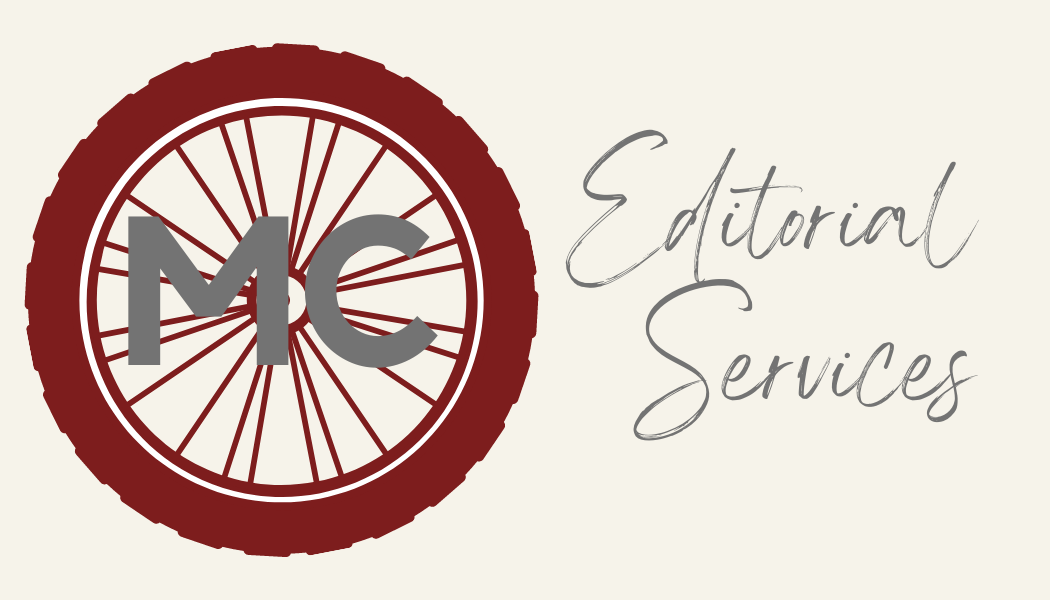January Recommended Reads
Note: I receive a small commission for purchases made through links in this post.
How can it be that the first month of 2022 is already gone?
I’m personally not one for resolutions (they don’t jive well with my fear of failure, you see), but I do like the idea of setting an intention for the year ahead. For many of us, one of those intentions might be to read more, to write more or to spend more time on creative pursuits. One of my personal intentions for the year is to connect more with other creatives and literary-minded folk. So each month, I plan to select a few favorite books from the titles I’ve finished that month to share with you here on my blog.
Whether you’re a writer or an editor, reading is an important part of the process. In fact, reading has been shown to help improve students’ writing performance, and quality writing instruction has also been found to help students become better readers. Reading widely helps us:
Keep vocabulary and grammar skills sharp
Pick up on different writing styles and ways to approach structure, point of view, dialogue and other craft elements
Find inspiration for our own creative projects
…and more. So if you’re looking for new material to keep your literary muscles in shape, here are a few potential titles to add to your list:
The Dry
By Jane Harper
★★★½
When Aaron Falk returns to his hometown for the untimely funeral of a childhood friend, he knows better than to expect a warm welcome after two decades away. But he doesn’t expect to be swept up in an unofficial investigation that may just be linked to one of the darkest events in the Australian bush town’s history — and in Falk’s life. As the town seems to descend further into madness amid one of its worst droughts in recent memory, Falk will be forced to face the secrets of his past and their potential role in present-day tragedy.
Something that really stood out to me in this book was Harper’s use of flashbacks. Instead of habitually pulling them out for entire chapters or scenes, Harper often intersperses moments from the past among description and dialogue in the present, usually when a character is recalling or recounting something. The first few times this happened were a bit jarring for me, until I got into the rhythm of Harper’s style and came to expect the intermittent flashbacks. It’s a skillful way to give the reader important expository information without spending paragraphs and paragraphs rehashing what went on before your story began. This technique is also perfect for revealing small pieces of information bit by bit — an essential aspect of any mystery or thriller.
Eleanor Oliphant is Completely Fine
By Gail Honeyman
★★★★
Generally, Eleanor Oliphant can’t complain. She has a stable job she dutifully reports to five days a week and a standing date with a Tesco pizza and a handle of vodka on the weekends. Save for her weekly phone chats with Mummy, her schedule includes as little human contact as possible, and that’s just how socially-awkward Eleanor likes it. It’s not until she meets Raymond, a kind but slightly slobby I.T. worker in her office, that Eleanor realizes her outlook on life might include some blind spots. With Raymond’s help, Eleanor sets off on a crash course of new experiences that teach her isolation isn’t the only option.
Honeyman has really mastered the use of first-person point of view in this book. From the very first line, the reader is plunged into Eleanor’s worldview and her tendency to think of life in terms of rules. The characterization is so well-developed, so specifically Eleanor that the things she doesn’t say tell the reader just as much about her as the things she does say. Best of all, Honeyman manages to do it in a way that’s funny, melancholy, thought-provoking and heartwarming all at once.
The Vanishing Half
By Brit Bennett
★★★★½
In the Louisiana town where identical twins Stella and Desiree Vignes grew up, being a light-skinned Black person was a point of pride. But when they run away to the city in search of a better life, Stella finds some people don’t even recognize her as Black. An opportunity arises to leave her old life behind and Stella makes a decision that will alter their paths forever: The decision to “pass” as white and say goodbye to everyone she has ever known. Desiree is left to pick up the pieces, on the opposite side of an invisible line.
This book is a masterclass in weaving together multiple perspectives and timelines. The story spans several decades, starting in the 1950s and continuing through the 1990s, and though it’s written in third person, the narration shows us the inner worlds of Desiree, Stella and their respective daughters, Jude and Kennedy. All of those elements together could easily become confusing or convoluted, but Bennett’s concise, thoughtful style pulls it all together to create a nuanced story about race, family, identity and the lies we tell to survive.
That’s all for my January favorites. I’d love to hear your thoughts on these titles, and don’t forget to check back in February for my next round of recommended reads!
Until next time,
Meg



